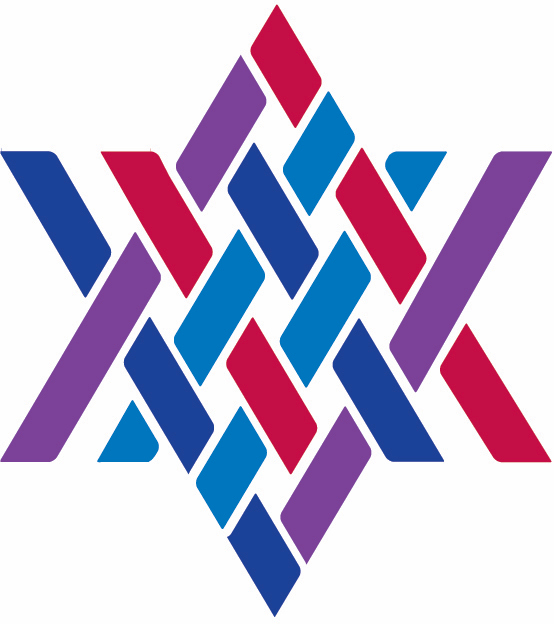Pesah 5778
Shir haShirim and the Kodesh Kodashim: Two Holies of Holies
A D’var Torah for Pesah
by Rabbi Jill Hammer
I once had the privilege of being at a Torah service led by rabbi and chantress Shefa Gold. At the service, she unrolled a scroll of the words of Shir haShirim, a scroll she had created to make the point that the Song of Songs is its own Torah. Rabbi Akiva famously said that: “all the scriptures are holy, and the Song of Songs is the Holy of Holies!” (Mishnah Yadayim 3:5). One might say that just as we approach the Holy of Holies during the autumn new year via the story of the high priest’s entry into the sanctum during the Yom Kippur ritual, so we approach the Holy of Holies at the spring new year (Pesah) via the Song of Songs. There is a long-standing practice to read the section of Leviticus describing Read More >

